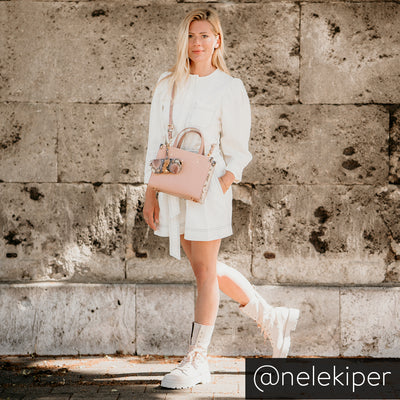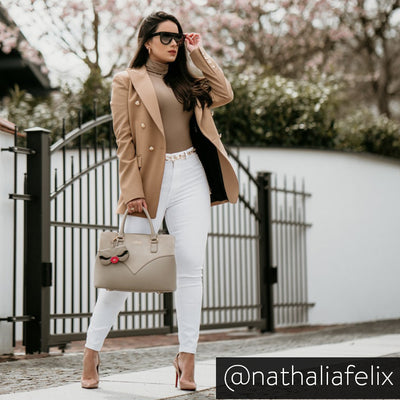DESIGN IS NOT AN END IN ITSELF: CHIEF DESIGNER FOR SURFACE RALF GROENE IN CONVERSATION WITH ANNE DICKHARDT
ANY DI founder and designer Anne Dickhardt visited Microsoft in Berlin. There she was interviewed together with Ralf Groene, Head of Industrial Design Microsoft. Anne is into fashion, Ralf into tech - but both are inspired by the other world.

WHY IS THE TRANSFER OF KNOWLEDGE BETWEEN FASHION AND TECH DESIGNERS SO IMPORTANT?
Ralf Groene (RG): The worlds are growing together. We may make computer hardware and not haute couture, but there are many similarities. Color and material selection have long been more than decorative aspects for us. We want to enable people to express their personality. That's why, for example, we offer sandstone as a new color option for Surface Laptop 3. People don't use technology just for the sake of technology, but so that they can create something that is personally important to them. Once that's fulfilled, we move closer to the perfect laptop.
Anne Dickhardt (AD): How people use technology in their everyday lives today is of central importance to me as a bag designer. It starts with how many compartments for which devices a handbag should contain. But it also goes so far that when planning the collection, we continuously question to what extent new bag formats are needed or how we adapt existing bag formats to the use of new devices. Precisely because it is so important at work and in everyday life, this topic takes up a lot of space in the design process and sometimes leads to extremely lively discussions in the team. After all, the brand stands for bags that are both functional and elegant. Both must be in harmony and never fall victim to compromise.
YOU BOTH DESIGN MULTI-FUNCTIONAL PRODUCTS. HOW DO YOU APPROACH THE CHALLENGE OF MAKING A PRODUCT VERSATILE BUT STILL AESTHETICALLY PLEASING?
RG: It doesn't work to just add another thing to one thing. Transforming, not adding, is the right approach. And in such a way that the device fits into the reality of life. When I developed the Kickstand for the Surface Pro range, I had the example of a lawyer in mind. She works from home to take care of her offspring. She can't always sit at her desk for video conferences. The kickstand is the solution. When not in use, it nestles against the case and turns the device back into a tablet. If it were too thick, like a foreign body on the device, the kickstand would probably have been a flop.


AND YOU CAME UP WITH THE FINAL SHAPE JUST LIKE THAT?
RG: No, I follow a guiding principle attributed to Antoine de Saint-Exupéry: "Technology evolves from the primitive through the complicated to the simple." In the beginning, there was the idea of an integrated stand. Then we developed a prototype and attached a plate to the back of a display unit with tape. It looked complicated, but it was enough to get approval for further development. Only in the fine-tuning process did we simplify the design until it took on its current form. Trying a lot of things, failing, discarding quickly and continuing differently until it's good - that's what I believe in.AD: You can't do it without love for your vision and perseverance. My vision of a perfect handbag matured from my teenage years as a tennis player with a lot of travel luggage until after my design studies. Then I spent two and a half years tweaking the prototype until I had a luxury handbag that works just as well as a backpack, but doesn't look like one.
HOW EXACTLY DO YOU DEVELOP SOMETHING YOU DON'T WANT PEOPLE TO SEE? ANY DI BAGS DON'T LOOK LIKE BACKPACKS, SURFACE DEVICES DON'T LOOK LIKE OFFICE TECHNOLOGY - BUT THEY DO THE JOB.
RG: To do that, I detach myself from the product and imagine an object that expands the user's personality. I see parallels with musical instruments. Learning to play music takes a long time, but eventually it gets into your blood. Then the instrument becomes an extension of the body. That's how today's technology has to be. Nothing must prevent you from performing. If I recognize in a product what stands between it and the users, I know what has to take a back seat.
AD: For me, the same standard applies. If a bag generates joy even though it's a functional object, then I know the form is reduced enough. Business women and men are on the road with their bags for many hours every day. They should feel good with it and be able to show off with confidence - without everyone recognizing that they are on their way to work.


DO YOU HAVE ANY SPECIFIC DESIGN EXAMPLES?
AD: With many handbags with a backpack function, you immediately recognize the additional fasteners for the strap ends on one of the two sides. That bothers me terribly. Why do you have to see them? On my first model called Bag L, I moved the closures down and combined them with the metal feet on the bottom of the bag. They're there anyway to keep the top material from getting dirty.
RG: I like that a lot! It's a fantastic example of combining what's already there and creating something new from it, which enhances the design as a whole. This is also why there is no traditional notch, but a minimal but still easy to feel protrusion to open the laptop lid on the Surface Laptop 3.
AD: It's these small details that can make all the difference. I notice more and more how Ralf's and my design philosophies are similar.
RG: That's why I find such design collaborations so important. How to balance color choices, fabric feel and technical construction is a big topic with us around the team. We regularly meet with big fashion brands to get new insights.
The interview has been made available to us by Microsoft.
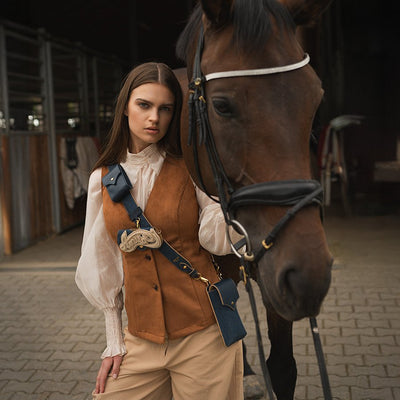
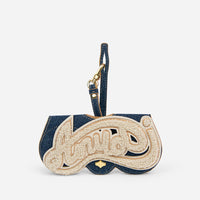





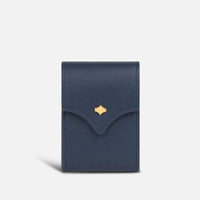
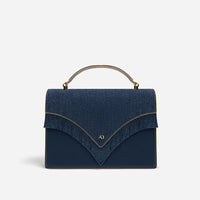
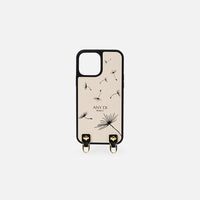
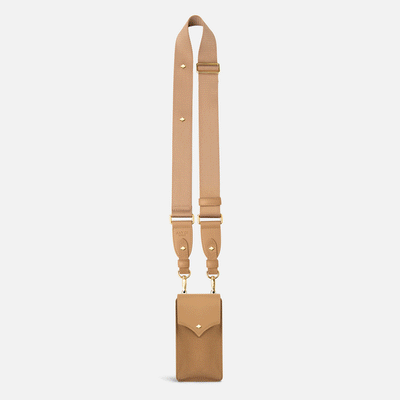
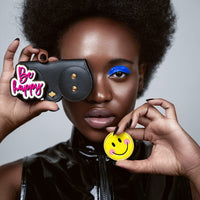
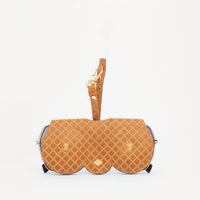

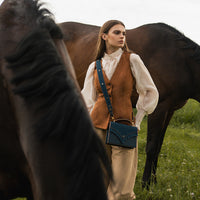

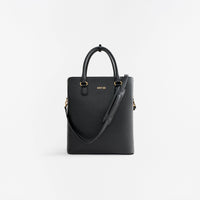
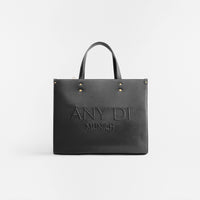


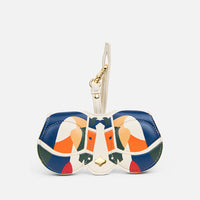
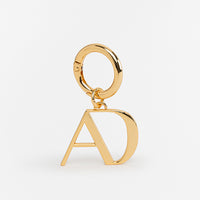

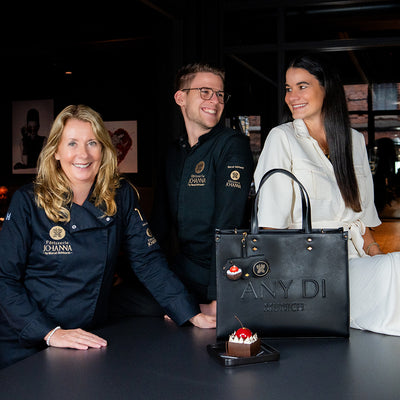


 POLO SOCIETY
POLO SOCIETY
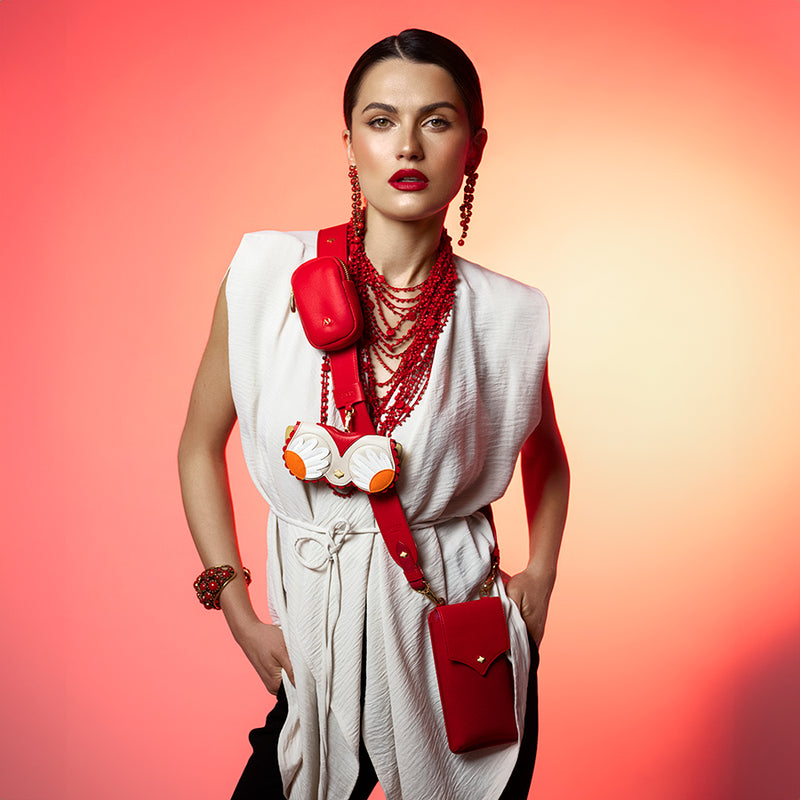 SOL DEL SUR
SOL DEL SUR
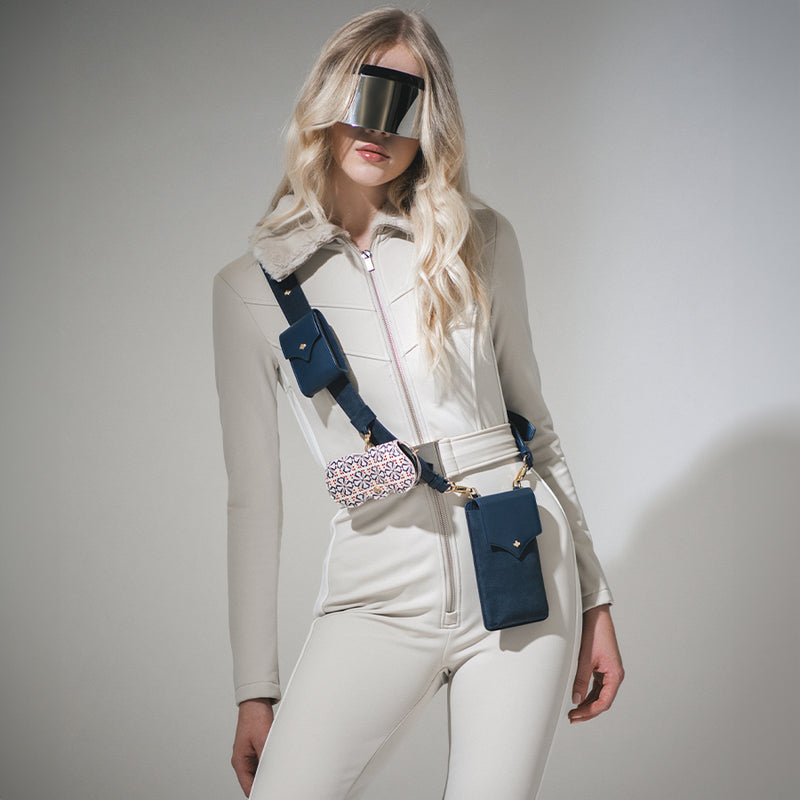 MOUNTAIN GLAMOUR
MOUNTAIN GLAMOUR
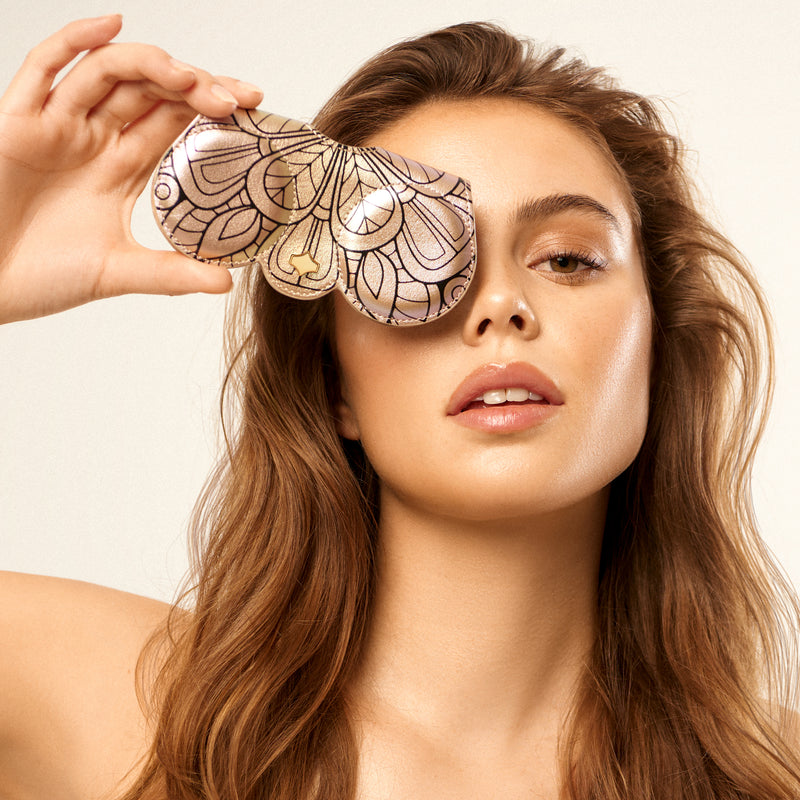 PURE BALANCE
PURE BALANCE
 ANY DIary
ANY DIary
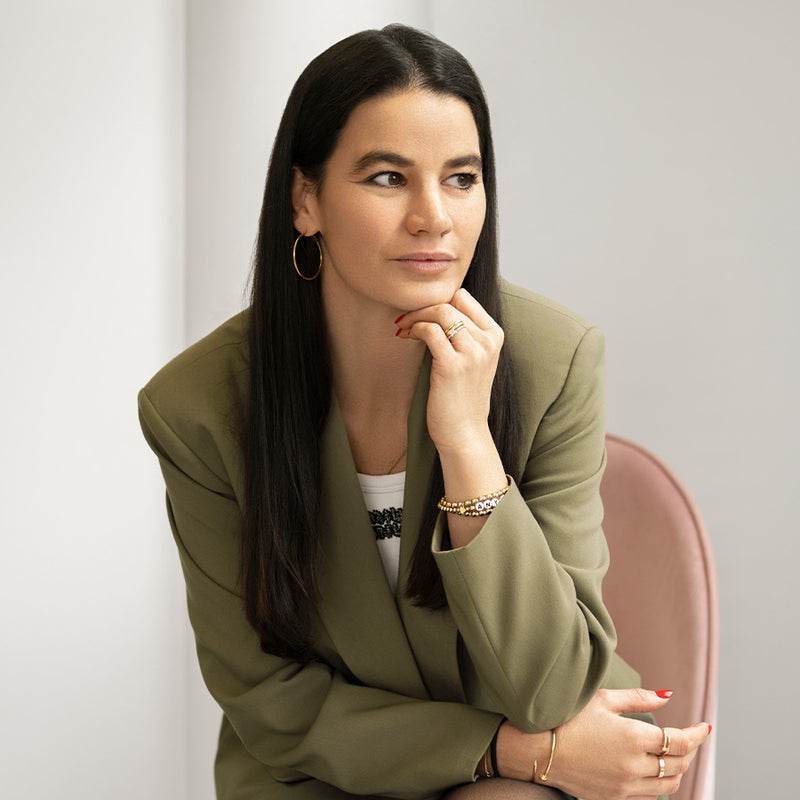 About the Designer
About the Designer
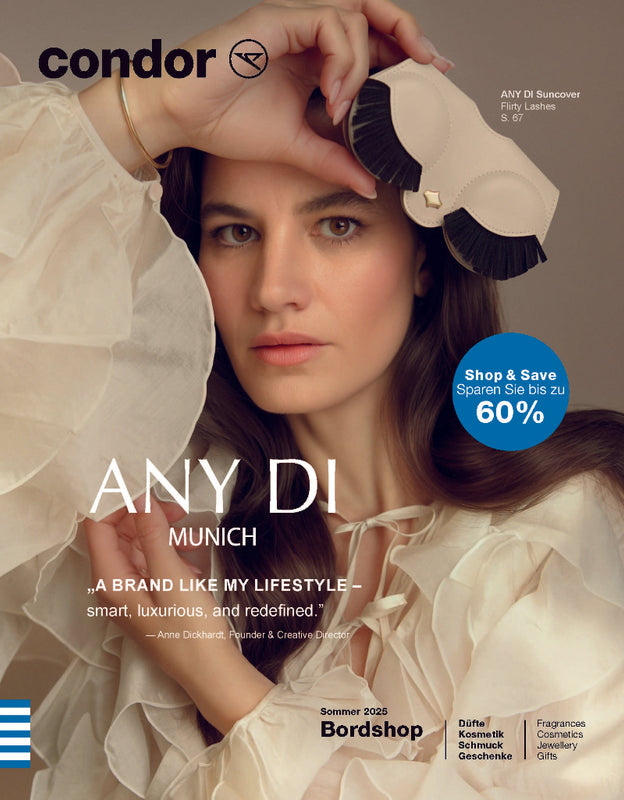 In the Press
In the Press
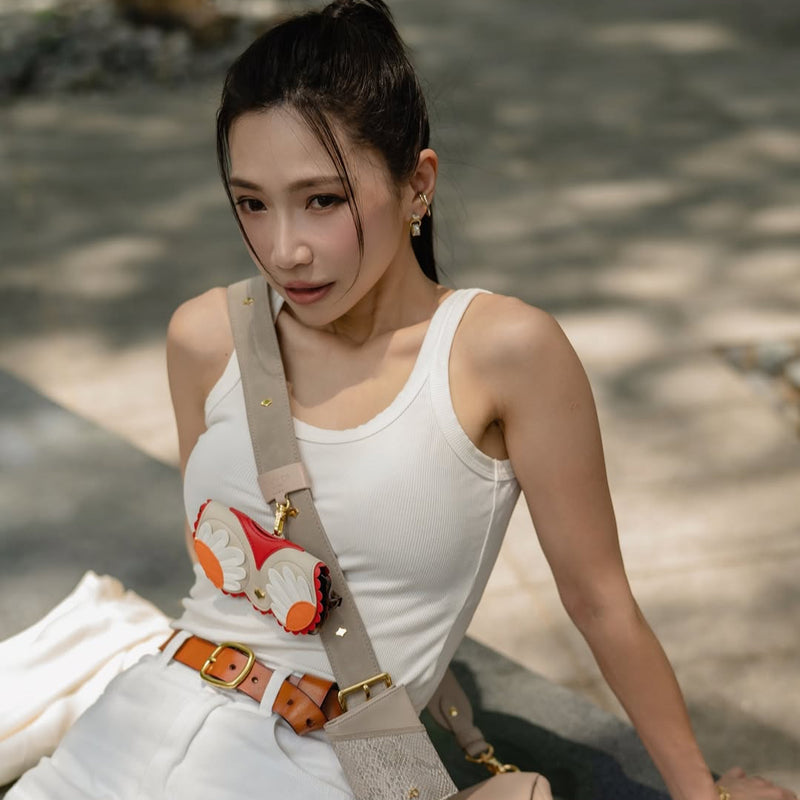 Spotted Celebrities
Spotted Celebrities



